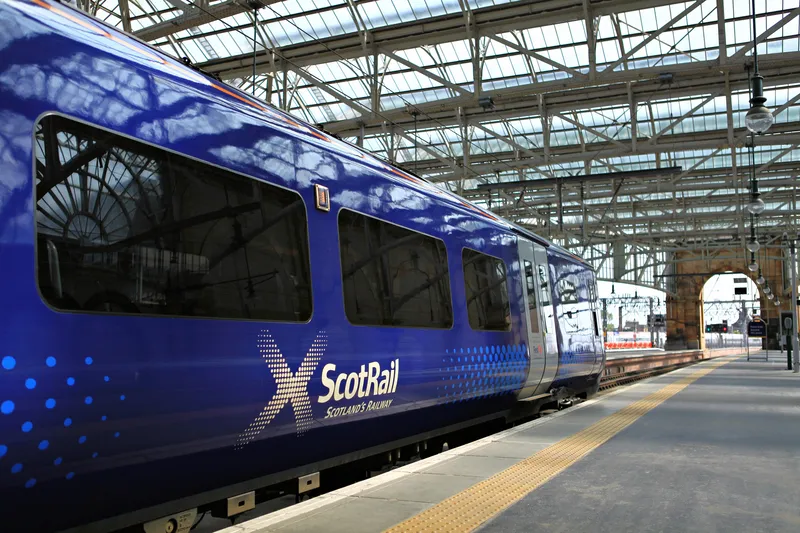Telmap has introduced multi-modal routing as part of its involvement with the In-Time project that will pilot and validate an innovative pan-European approach to Real Time Traffic and Travel Information (RTTI) services.
March 1, 2012
Read time: 1 min
Telmap is a leader in mobile location-based services, and provides white-label, fully hosted and managed LBS to over 26 mobile operators globally. The company provides the In-Time project with multi-modal, door-to-door routing that includes all available transportation forms such as walk, drive, buses, undergrounds and trams, flights and more. The service will initiate in six cities across Europe: Munich, Florence, Vienna, Bucharest, Oslo and Brno. Additional cities are expected to come on-board










